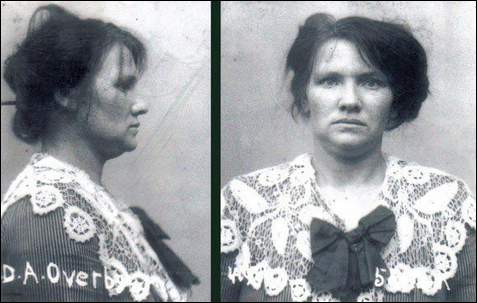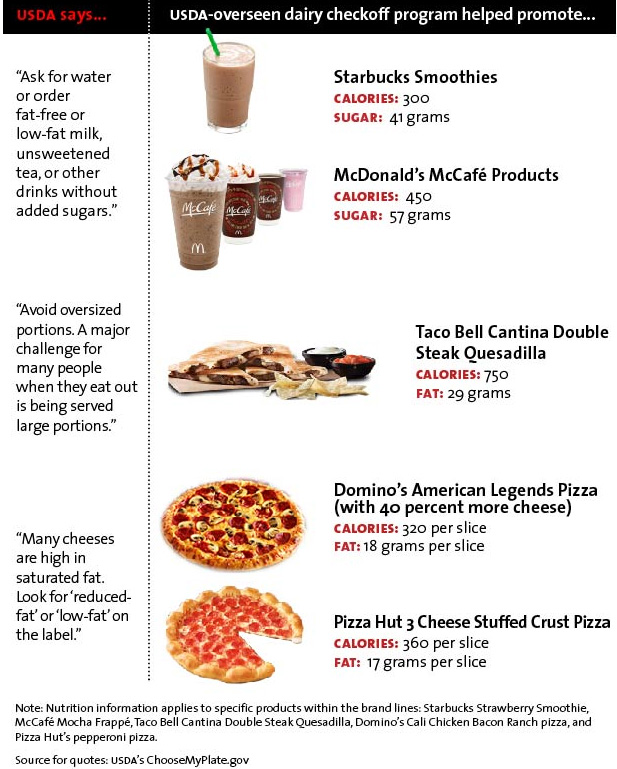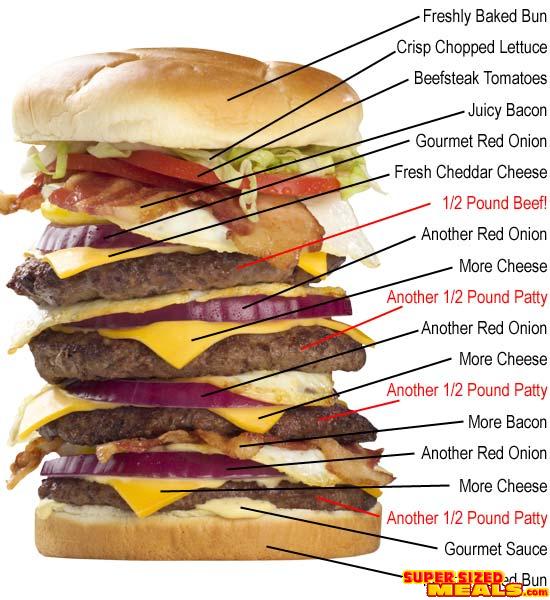Quinoa: This super seed is an easy, delicious complete protein that only takes 15 minutes to make. High in fiber and iron.
Use for: Use it in place of rice or pasta and add to salads to make a complete meal. Heat up and eat for breakfast instead of, or along with, oatmeal. You can even throw some into your soups or wraps.
Kale: Great source of just about everything, especially vitamins A, C, K and calcium, even essential fatty acids and iron No wonder they call it a superfood.
Use for: Kale is ridiculously versatile. It can be dressed and massaged with olive oil and kept in the fridge for a great salad base throughout the week. Its easy storage makes life so simple. You can also throw it into a soup, bake some crispy kale chips or add it as a side dish.
Eggs: Get eggs that are organic and from pasture-raised chickens. They are an easy protein, but they’re also pretty much nature’s perfect food with too many benefits to mention including good amounts of fat-soluble vitamins A, D some B, fatty acids and tons of essential minerals like iodine. Eat the yolks, that’s where most of the nutrients are
Use for: Breakfast, lunches, on top of any salad, scrambled eggs make a fun addition to soups and stir-fries. Fried egg sandwiches or egg salad sandwiches are great, quick, nutritious lunches. Sprinkle a bit of salt and pepper on a boiled egg for a quick, portable snack.
Nuts: You should buy raw, unsalted and unroasted to avoid added, and excess sodium. Nuts are full of healthy heart and brain-boosting fats and they’re a good source of protein with lots of vitamins and minerals.
Use for: Eat a handful for a quick snack, add to salads, even crush on top of soups and pastas gives a nice crunch. Mix it up and try all kinds. Don’t go overboard though, because they’re high in calories. Limit yourself to a handful or two a day. If calories are a concern, eat pistacshios, as they are the lowest calorie choice in the nut family, and super healthy as well.
Nut butter: Organic and sugar-free are preferred. Great for healthy fats, proteins, vitamins and minerals.
Use for: Spread on apples, celery, crackers, on healthy toast, or add a spoonful to smoothies.
Seeds: Sesame, pumpkin, hemp hearts, ground flax, chia, unsalted. Seeds are tiny powerhouses of nutrition including healthy fats, proteins, fiber, calcium, and all sorts of other vitamins and minerals.
Use for: Salad toppers, add to smoothies, add seeds to almost any dish for added awesome.
Oats: Great for fiber and important minerals like manganese and a sustainable energy source to get you filled up and through the morning.
Use for: Just pop oatmeal and water/milk on the stove and let it boil while you get dressed. Top with seeds, nuts, fruit, coconut flakes or whatever. Great for baking too.
Hummus: A delicious source of protein, fiber and minerals like iron and calcium.
Use for: Hummus is a great and easy snack on just about anything. Veggies, crackers, baked chips, a condiment on sandwiches. Even use it instead of sour cream.
Nut milk, almond/coconut: These readily available dairy alternatives are everywhere now and a great source of proteins, healthy fats and lots of essential vitamins and minerals depending on which you choose. Good if you’re avoiding dairy products.
Use for: Use this in smoothies, oatmeal, dry cereals, or lattes.
Organic boxed broth: Sure, it’s better to have the homemade stuff hanging around in the freezer, but it’s very time consuming. Sometime, you just need a box on hand to help start you off. Try to stick with organic, preferably low sodium.
Use for: When you’re crunched for time, a little boxed broth is a simple base for homemade soups and other dishes.
Garlic and onions: Both are great healing foods. They’re antioxidants, anti- viral, anti-fungal and loaded with vitamin C, along with plenty of other vitamins.
Use for: Garlic and onions are a great base for almost everything you cook. Just, chop, slice or dice and sauté with a bit of coconut or olive oil for a huge flavor boost, and lots of great heathy benefits.
Chickpeas, also known as garbanzo beans (canned or dried): Great for protein, fiber, B vitamins and lots of minerals like iron and magnesium.
Use for: salad toppers, mix with veggies and quinoa, combined with grains, like brown rice, makes a complete protein, throw in soup, or even make your own hummus.
Lemons: Like all citrus, lemons deserve a major shout out for their vitamin C, and lemons are particularly good at detoxifying the body.
Use for: Adding to water for a great detoxifying drink. Add to olive oil for instant homemade dressing, squeeze on top of veggies, fruits and fish for added flavor, use grated lemon rinds in baking or cooking.
Coconut oil: Good quality is key: Look for virgin, organic and cold-pressed. Coconut oil is an easily digestible, healthy saturated fat (MCT) and more stable for higher temp cooking. Don’t ever burn your oil.
Use for: higher heat cooking, stir-frying, roasting veggies, frying eggs, or baking.
Olive oil: Same as any oil, aim for: organic, extra virgin, cold-pressed.
Use for: Easy-to-make salad dressing, also use for low-heat cooking.
Vinegar: Balsamic, apple cider, red wine, white wine, pick one and start there.
Use for: mix a little with olive oil to make healthy homemade dressings instead of buying overly-processed, store-bought salad dressing. Also add a splash to many other recipes to enhance flavor.








